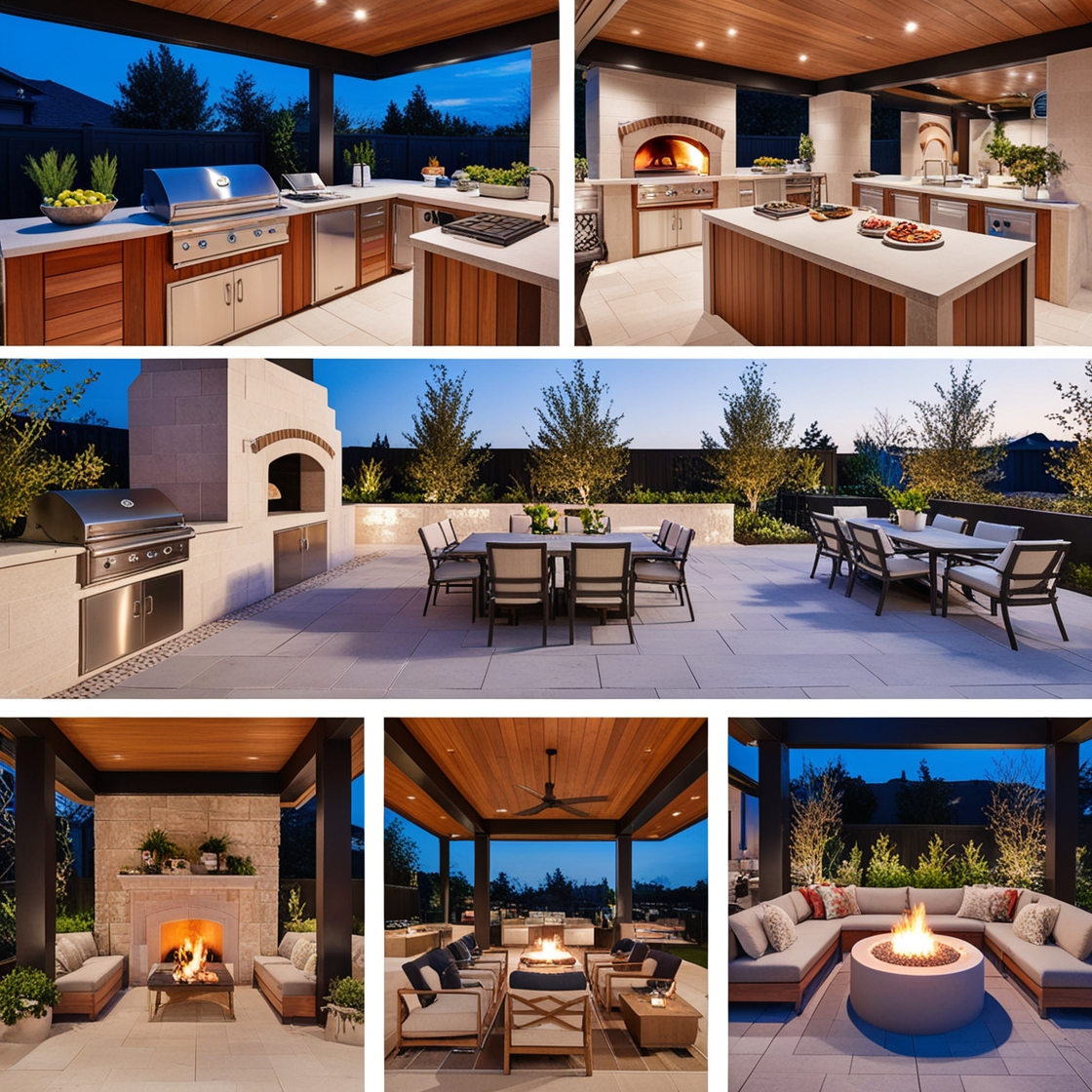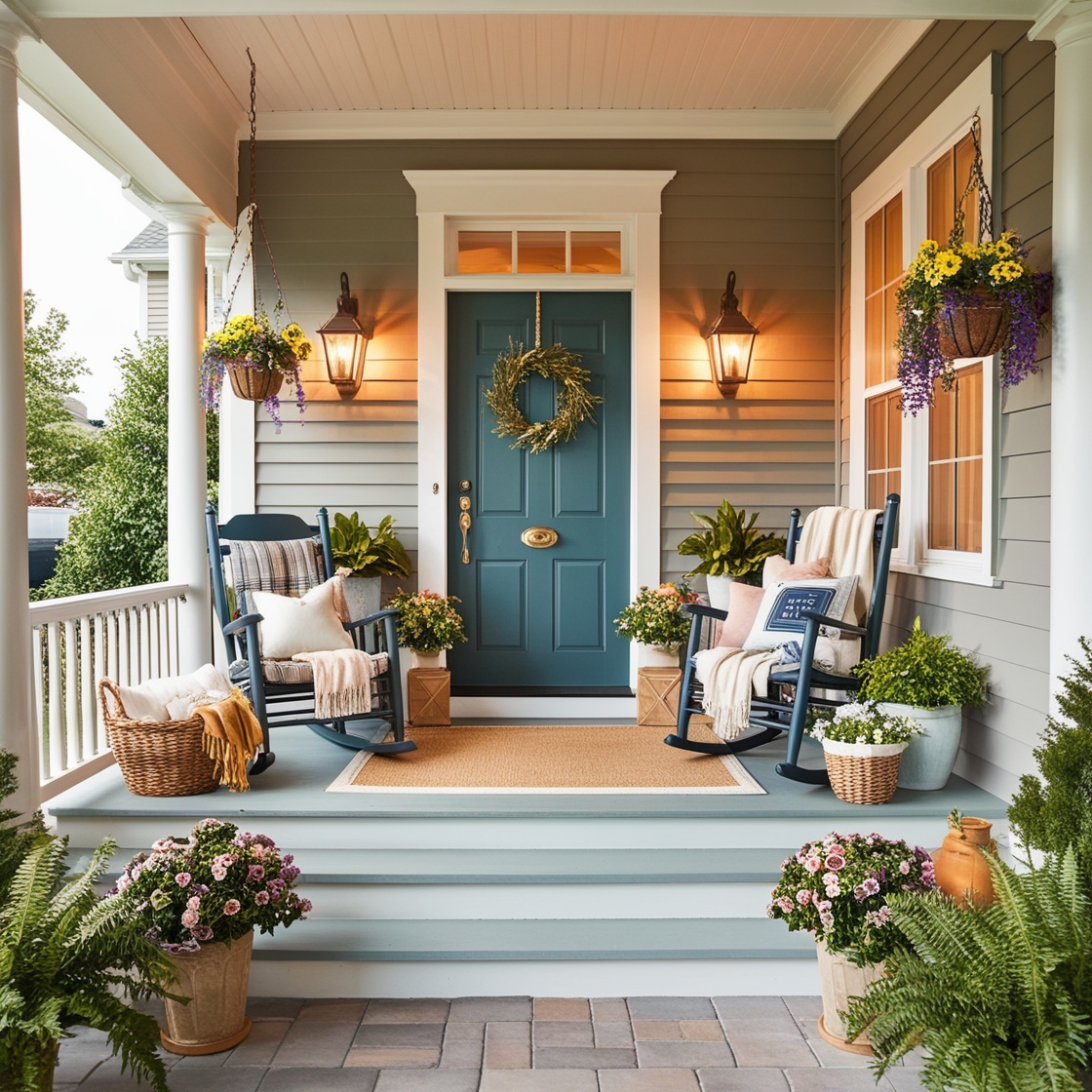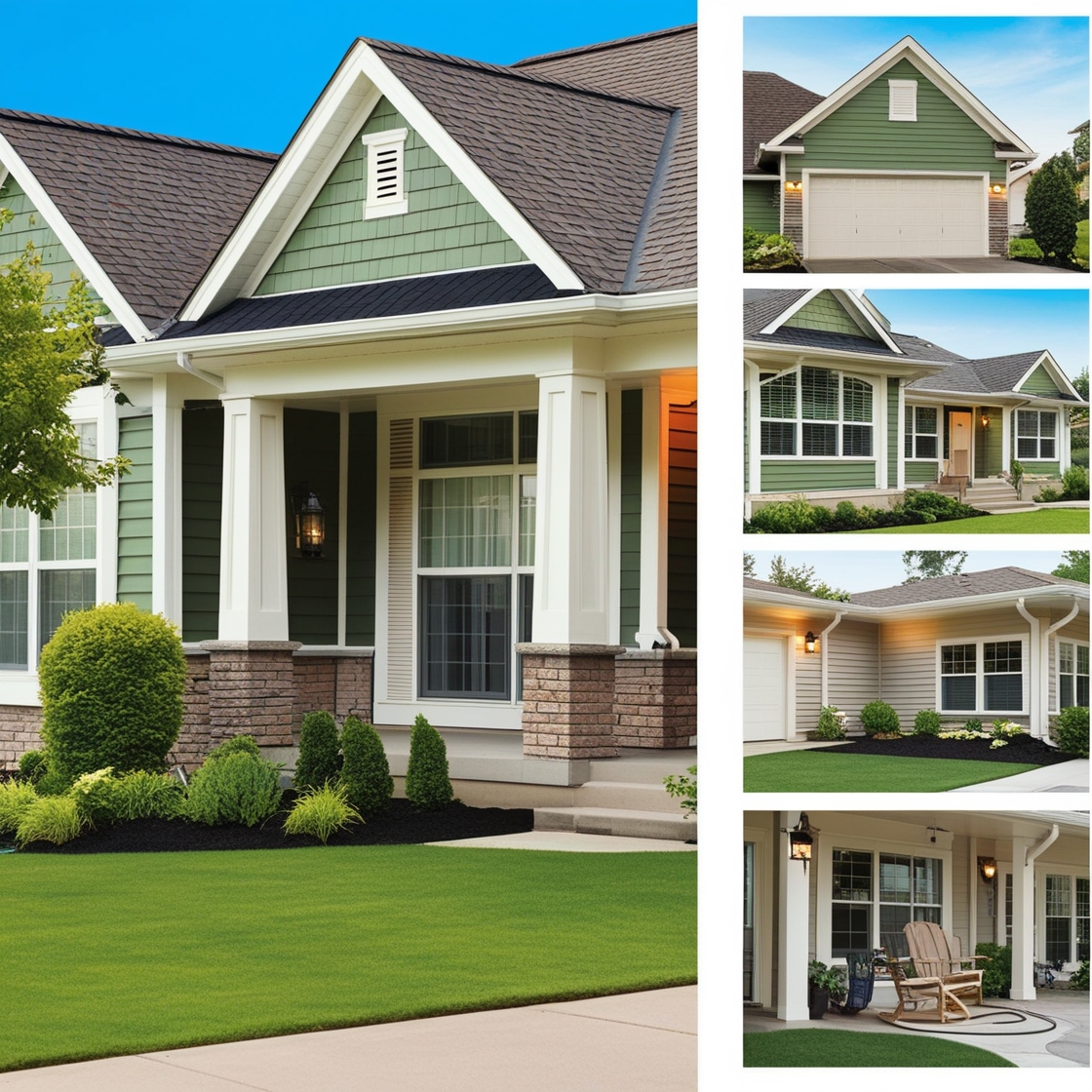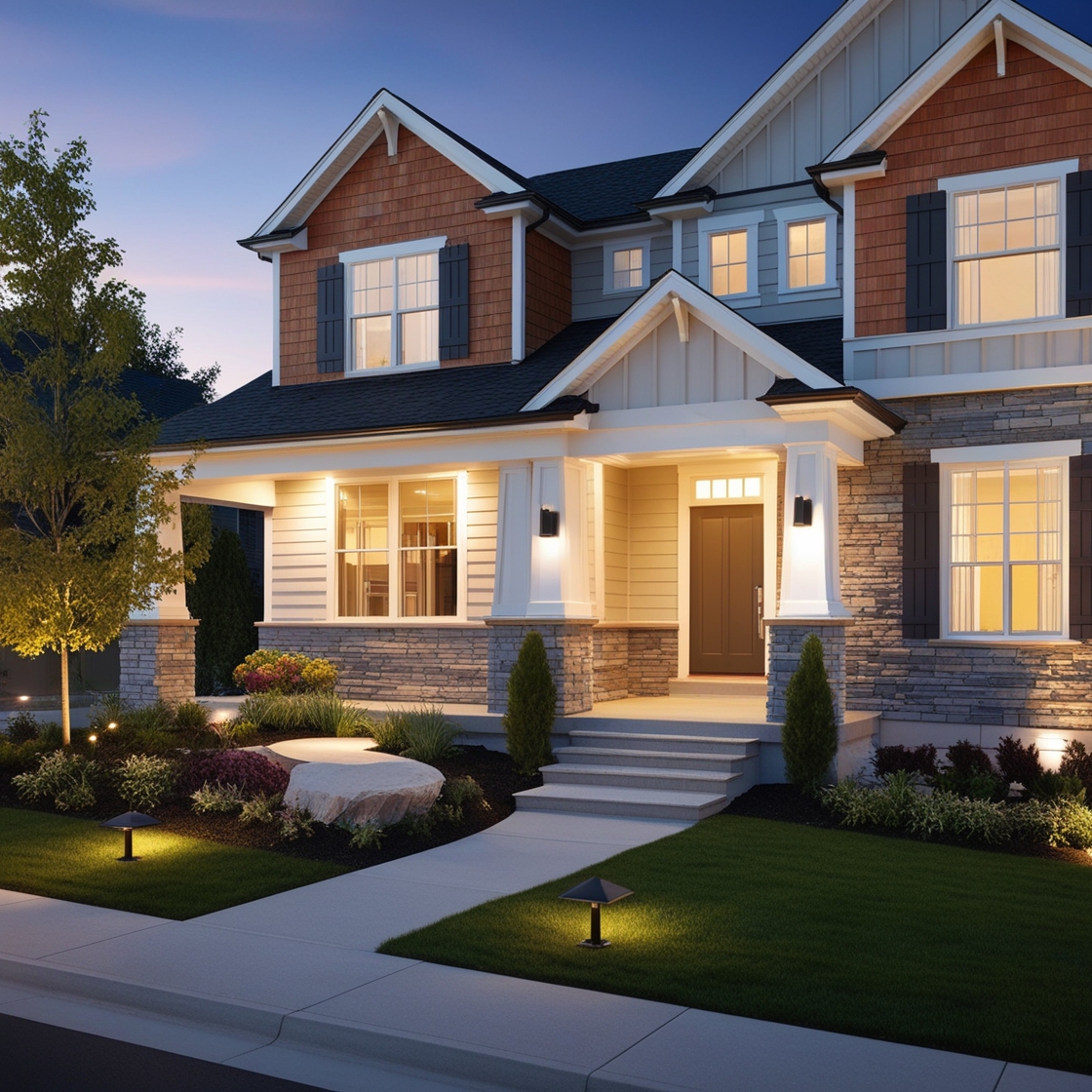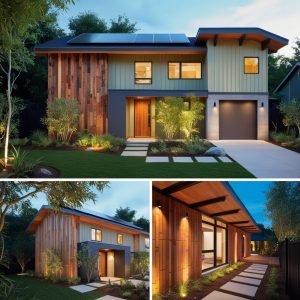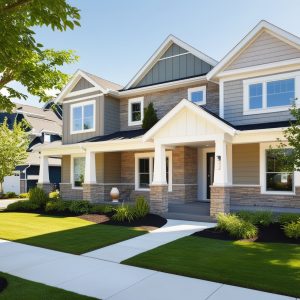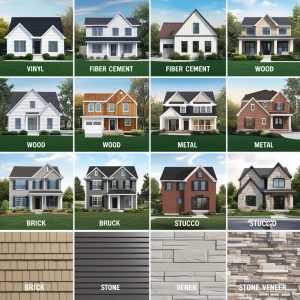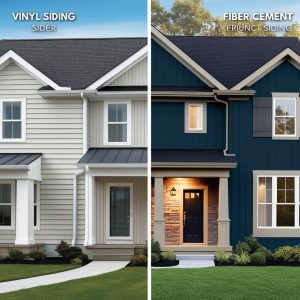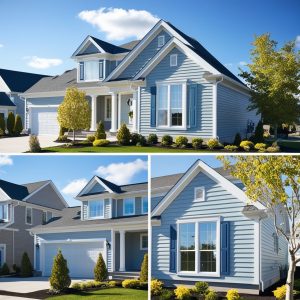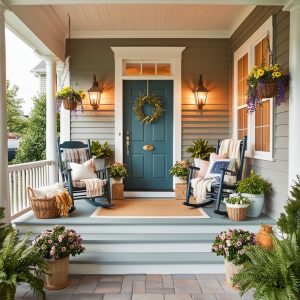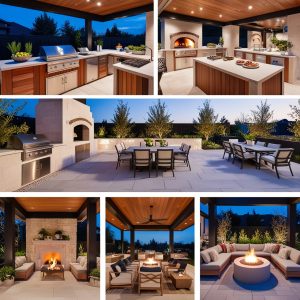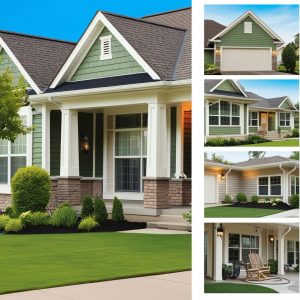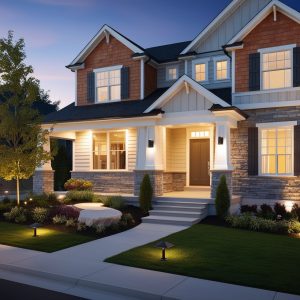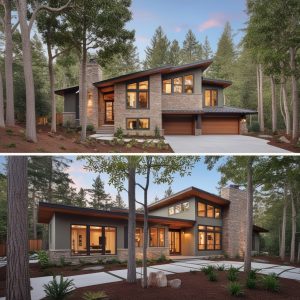What are the latest trends in outdoor living spaces?
Outdoor living spaces have become an essential extension of the home, offering a place to relax, entertain, and connect with nature. As homeowners continue to seek ways to maximize their outdoor environments, new trends are emerging that blend style, comfort, and functionality. Whether you’re planning to update your backyard or design a new outdoor space, these latest trends will inspire you to create an inviting and modern outdoor oasis.
1. Multi-Functional Outdoor Rooms
Gone are the days when outdoor spaces were limited to simple patios or decks. Today, the trend is towards creating multi-functional outdoor rooms that serve various purposes. These spaces are designed with distinct areas for dining, lounging, cooking, and even working. Homeowners are incorporating features like outdoor kitchens with built-in grills and pizza ovens, dining areas with large tables and comfortable chairs, and lounge spaces with plush seating and fire pits. The goal is to create a seamless flow between indoor and outdoor living, making the space versatile for any occasion.
2. Sustainable and Eco-Friendly Design
Sustainability is at the forefront of outdoor living trends, with homeowners increasingly opting for eco-friendly materials and practices. Reclaimed wood, recycled metal, and sustainable decking materials like composite wood are popular choices for outdoor furniture and structures. Additionally, homeowners are integrating energy-efficient lighting, such as solar-powered lights and LED fixtures, to reduce their environmental impact. Native plants and drought-resistant landscaping are also trending, as they require less water and maintenance while supporting local ecosystems.
3. Smart Outdoor Technology
As smart home technology advances, it’s making its way outdoors, enhancing convenience and entertainment. Outdoor spaces are being equipped with smart lighting systems that can be controlled via smartphone apps, allowing homeowners to adjust the ambiance with a touch of a button. Integrated outdoor sound systems, weatherproof televisions, and smart irrigation systems are also gaining popularity. These technologies not only make outdoor living more enjoyable but also more efficient and adaptable to changing weather conditions.
4. Biophilic Design Elements
Biophilic design, which emphasizes the connection between humans and nature, is influencing outdoor living spaces. This trend involves incorporating natural elements like wood, stone, and plants into the design to create a harmonious and calming environment. Water features, such as fountains, ponds, or small waterfalls, are being used to add tranquility and a sense of serenity to outdoor spaces. Vertical gardens, green walls, and trellises covered in climbing plants are also popular, offering a lush and vibrant backdrop for outdoor living.
5. Year-Round Outdoor Living
As the desire for outdoor living grows, homeowners are looking for ways to extend the usability of their spaces throughout the year. To achieve this, they’re incorporating features that provide comfort in various weather conditions. Pergolas and covered patios with retractable roofs offer shade in the summer and shelter in the winter. Outdoor heaters, fire pits, and fireplaces are being used to keep spaces warm during cooler months. Additionally, weather-resistant furniture and textiles ensure that outdoor spaces remain cozy and inviting, no matter the season.
6. Luxury and Comfort
Luxury is no longer confined to indoor spaces; it’s making its way outdoors as well. High-end outdoor furniture, often featuring plush cushions and weather-resistant fabrics, is transforming patios and decks into luxurious retreats. Homeowners are also investing in custom-built outdoor structures, such as cabanas, gazebos, and pergolas, to add a touch of elegance to their spaces. The trend towards luxury is also evident in the use of premium materials like natural stone, marble, and teak wood for flooring, countertops, and accents.
7. Outdoor Kitchens and Dining Areas
Outdoor kitchens continue to be a major trend, with homeowners seeking to create fully equipped cooking spaces outside. These kitchens often feature built-in grills, pizza ovens, refrigerators, sinks, and ample counter space for food preparation. Paired with comfortable dining areas, they make outdoor entertaining effortless and enjoyable. The trend is moving towards creating complete outdoor dining experiences, with features like outdoor bars, wine coolers, and even kegerators for serving drinks al fresco.
8. Personalized Outdoor Spaces
Personalization is a key trend in outdoor living, with homeowners designing spaces that reflect their unique tastes and lifestyles. Custom-built features, such as fire pits, water features, and bespoke furniture, allow for a high level of personalization. Additionally, outdoor spaces are being designed to accommodate specific activities, such as yoga, meditation, or gardening. The use of color, texture, and unique accessories, like outdoor rugs and pillows, further personalizes the space, making it feel like a true extension of the home.
9. Natural and Neutral Color Palettes
The trend towards natural and neutral color palettes is continuing in outdoor design, with shades of beige, gray, white, and earthy tones dominating the scene. These colors create a calming and cohesive environment that complements the surrounding landscape. When combined with natural materials like wood and stone, these palettes enhance the overall serenity of the space. However, homeowners are also adding pops of color through accessories, such as throw pillows, planters, and outdoor artwork, to create visual interest and reflect their personality.
10. Sustainable Water Features
Water features remain a popular element in outdoor living spaces, but the focus is shifting towards sustainability. Homeowners are opting for recirculating water features that reduce water consumption and maintenance. Rainwater harvesting systems are being integrated into designs, allowing collected rainwater to be used for fountains or irrigation. Additionally, natural swimming pools, which use plants and biological filters instead of chemicals, are gaining traction as an eco-friendly alternative to traditional pools.
